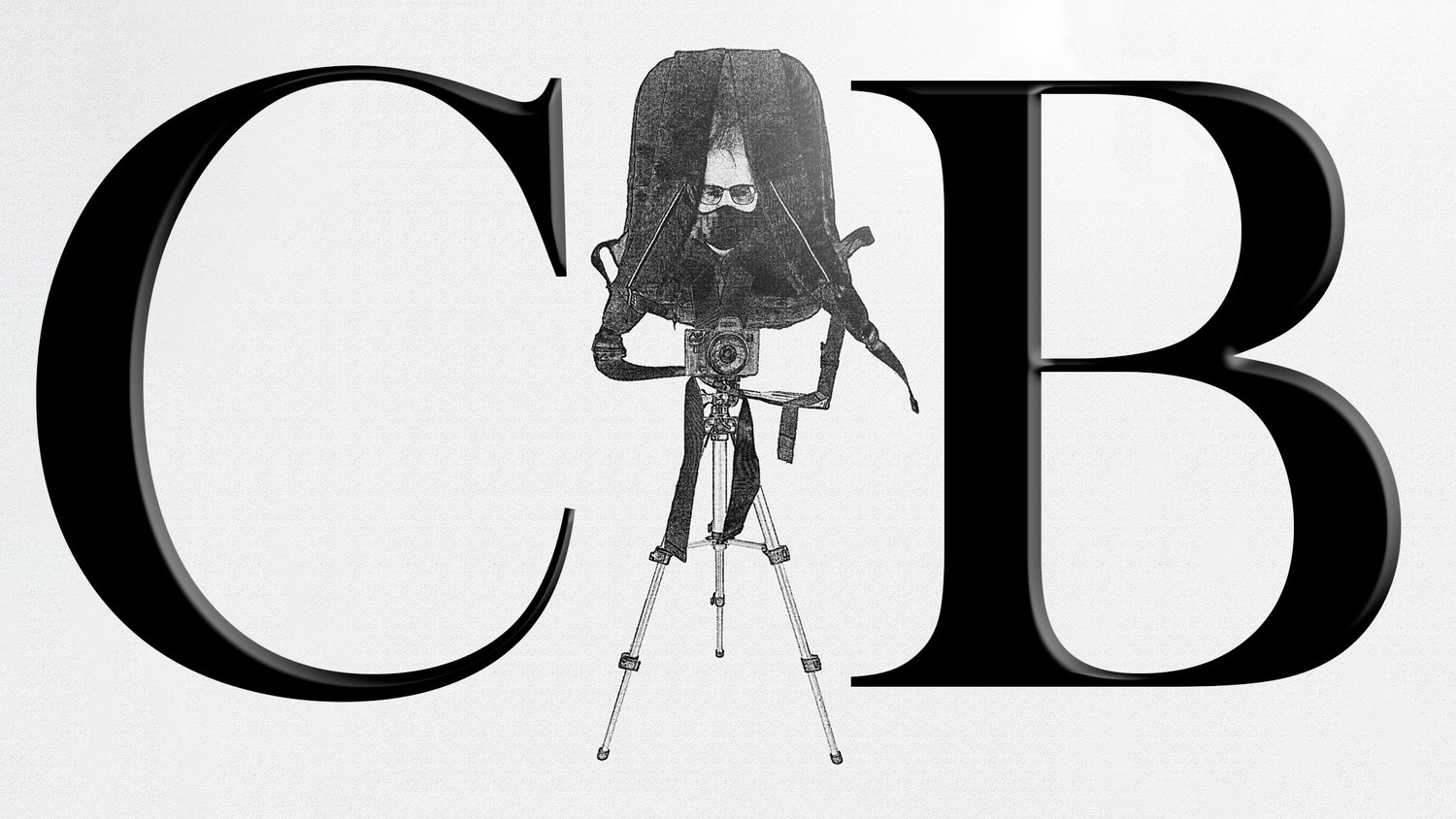The Day My Street Photography Died
> On March 28, 2022, my street photography as I knew it, died.
There was no grief or agony. There were no tears, no looking back. There was only joy. Pure joy. And as Tom Petty once sang, "The future was wide open."
The weeks leading up to my moments of reckoning were, on the other hand, most grievous and agonizing for me. I had lost the thrill of shooting street photography altogether. I didn't admit this fact to myself until after March 28th.
For those who don't know me, losing my passion for street photography meant all of my photography, every genre. That's because most of what I've done creatively had been based on street images. This mainly consisted of experimental street portraiture, fine art rendering of street scenes, black and white, etc. Sometimes, I'd create the occasional conceptual composite image, the majority of which had street scenes patched in with other photos I'd taken. Apart from the odd portrait shoot that I'd do with models, another pursuit that aimed to create art from portraiture, I was quickly growing weary of the game. Once again, I couldn't admit to myself until after March 28th that I was pretty much done with it despite making plans to do more shoots in the hopes of inspiring something that would keep me interested in photography. I was grasping at straws to keep my passion, my creativity, and my very identity from slipping away into a downward spiral.
Oh, and those two years lost to fucking Covid-19 didn't help matters either.
Enter Intentional Camera Movement (ICM)
I don't remember how I stumbled across ICM on YouTube. I had read about it before and dismissed it as uninteresting and even stupid before ever trying it and before seeing some of the stunning pieces that a few photographers out there are producing. But I do remember seeing a few long talks by Charlotte Bellamy before stepping out to try ICM. An interesting fact as of this writing: if you filter a search on YouTube for videos about ICM, you're only going to find two or three videos of an hour or more in length on the subject of ICM - all of them featuring Charlotte Bellamy. I watched each of these at least once to completely absorb the content, of which there is plenty.
Before I get too far ahead of myself, I'm going to rein it in for a moment. What interested me in ICM specifically was the overall look of motion that comes about when you drag the shutter speed for a quarter of a second or more and intentionally move or otherwise shake the camera to produce a blurred or motion effect. Why? Because at this point in my photography journey, I was willing to try anything to kickstart my desire to shoot again. So what were my subjects to be?
This is where the title of this article is a little click-baitey. I didn't intend to shoot trees, a common subject for ICM enthusiasts but an excellent subject, because, in the hands of a competent ICM shooter, even a grove of dead trees can look more like a work of art than any photographer channeling his or her inner Ansel Adams and attempting to shoot the scene straight. I wanted that, I wanted motion and blur, I wanted art to begin with in-camera production. I wanted my images to finally resemble what I had been desiring for years, to be works of art. And my subjects were to be taken from a revamped style of shooting street photography.
I'm No Longer Chasing a Vague Dream
Street photography at best is a bad numbers game. It is said that street photography masters like Henri Cartier Bresson will only capture a handful of iconic images throughout a lifelong career. This wisdom is naturally accepted in the street photography community. At best, any of us would be overjoyed if not delusional to think that we'd even come close to what Bresson accomplished. But I wanted to have more control over my photography output, in retrospect. I wanted to not always have to rely on the weather, on just the right quality of light during the right time of day, and whether or not there were enough or too many people roaming around in the particular patch of turf I planned to shoot. Again, another afterthought post-March 28th. In short, I wanted to shoot whenever I damn-well pleased and anywhere that I wanted to on Planet Earth.
ICM allows me to do this.
So instead of chasing a street photographer's vague dream of acquiring a few iconic images, to show for all the years I put in, I wanted an artist's life where I'd produce more "iconic" images than what I'd do working the usual street photography seam. It's a tall order, I'm well aware. But there's more to ICM than meets the eye. Most of this stems from the very fact that the 'intentional' part of the formula plays a much bigger role in success in ICM despite having to work a hell of a lot harder for it while shooting thousands upon thousands of more throwaway shots than what I'd ever do in my old street photography days. The limitations are gone. I'm allowed to be an artist now. Or a visual artist who works in the medium of photography. But what I've said repeatedly before still resonates with me well: I'm very happy to just be a photographer. The tags don't matter. The classifications don't matter. Only the work. And the opportunity is here to dream a more concrete dream, one that is ironical, based on a blurry image.
I admit too that I'm still too green in the ICM field to forge new goals or to have many expectations. I'm in the discovery phase now, a honeymoon phase, one that began at a beach in Mumbai on March 28, 2022.


